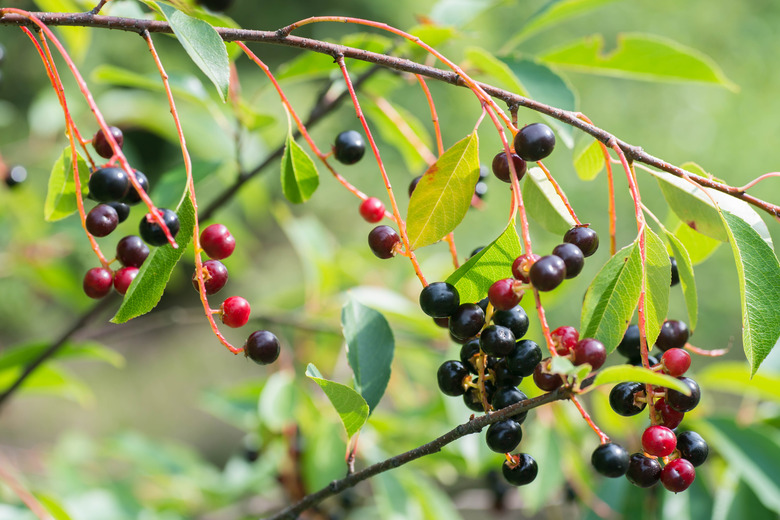Interesting Facts About The Hackberry Tree
The hackberry tree (Celtis occidentalis) is a common deciduous tree with a few uncommon traits. Because of its prevalence across the United States, the hackberry is known by many different names such as sugarberry, beaverwood and nettletree. The hackberry is a tolerant species that can grow in a range of environmental and soil conditions making it a useful tree for municipalities and private land owners across the country.
Mistaken Identity
Mistaken Identity
Many people mistake the hackberry for its cousin the American elm. Amateur arborists are not the only ones confused over the identification of hackberries; scientists too have had trouble definitively placing the genus of hackberry (Celtis) into the correct family. Scientists once included Celtis species in the elm family (Ulmaceae) and then placed them into their own family called Celtidaceae, before they were placed in their current classification as a member of the hemp family (Cannabaceae). There are around 60 to 70 species of Celtis found in temperate regions around the world.
Common Uses
Common Uses
Like the elm, the hackberry is often used as a shade tree in urban environments due to its drought tolerance and size. Possessing a soft wood comparable to elm and white ash, the hackberry is not particularly valued for commercial purposes. It is most often used as firewood though it is occasionally used for inexpensive furniture construction. While the hackberry is not an economically important tree, it is useful in areas around rivers to help prevent erosion and minimize risk from flooding. The hackberry is also amenable to bonsai cultivation.
Fast Growth Rate
Fast Growth Rate
Rarely found in pure stands, the hackberry is usually found in mixed deciduous forests. It is not a strong competitor, but once established it can grow to heights of 30 to 50 feet, on average. Its prime development conditions are in valley soils where it can grow to be over 100 feet tall and can have a very fast growth rate.
The Edible Tree
The Edible Tree
The hackberry produces small, pea-sized berries that change from light orange to dark purple in color when ripe in early fall. The hackberry is a great tree to attract birds and other animals who love to feed off the fruits both in the tree and on the forest floor. In fact, the hackberry relies on animals to eat the fruits and disperse its seeds in order to reproduce. The fruits are not just for forest animals though. Humans can enjoy the small berries as well. Though the fruit is quite thin and usually dry, the taste of the berries is said to be similar to dates.
Ethnobotanical Uses
Ethnobotanical Uses
Native Americans used the hackberry as a source of food, for medicinal purposes, and for special ceremonies. The bark of the tree was boiled down and used medicinally to induce abortions, regulate menstrual cycles, and cure venereal diseases. The berries were often crushed and used to flavour foods, or mixed with corn and animal fats to make a thick porridge.
Cite This Article
MLA
Campbell, Damien. "Interesting Facts About The Hackberry Tree" sciencing.com, https://www.sciencing.com/interesting-hackberry-tree-6513384/. 5 April 2018.
APA
Campbell, Damien. (2018, April 5). Interesting Facts About The Hackberry Tree. sciencing.com. Retrieved from https://www.sciencing.com/interesting-hackberry-tree-6513384/
Chicago
Campbell, Damien. Interesting Facts About The Hackberry Tree last modified March 24, 2022. https://www.sciencing.com/interesting-hackberry-tree-6513384/
